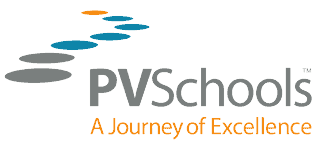GrackleDocs Document and Web Accessibility Solutions
The full-service digital accessibility provider
GrackleDocs Inc. is a leading provider of software and services designed to make digital content accessible to everyone, regardless of ability.
Let us help your organization achieve its digital accessibility goals with our robust suite of products and services.

Accessibility Solutions for Google Workspace
Grackle WorkspaceOur tools can help you easily test single files or files throughout a website to help you ensure compliance.
A One-Stop Shop for Accessible Website Needs
Web AuditingAUDIT is GrackleDocs’ hybrid approach to web accessibility, providing manual and automated compliance auditing and website monitoring.
Complete Document Remediation Services
PDF RemediationOur education tools will help teach you how to make your documents and digital presence accessible.
Millions of documents have already been Grackled!
A small sample of what our happy customers have to say about GrackleDocs
Barbers Hill ISD
As our K-12 District Webmaster, I am responsible for performing accessibility compliance remediation on many non-compliant PDFs.
I desperately needed a user-friendly solution to enable staff to help. Grackle Suite exceeded my expectations. With complex documents, it not only identified errors, but it took me directly to them and showed me how to correct them!
I was impressed, but I wanted further proof that Grackle would be user-friendly for staff who are not compliance-savvy. I asked a co-worker to try it, and within an hour she emailed me saying, “I’m in love!” There was no turning back. We had to have Grackle!
Your TSVI
Compared to the built-in features of Microsoft Office and Office 365 Suite, I find the GrackleDocs Add-on to be far easier to use and more intuitive for everyday users and teachers.

Altoona Area School District
This product has been a God-send for me as part of my duties includes Staff Development and Accessibility training.
With our district using more and more of the G Suite products, it was important for us to find an easy-to-use accessibility solution. GrackleDocs and GrackleSheets are perfect.
Easy to implement, easy to use and great support videos and support staff that helped lower our learning curve before using the products!

Paradise Valley Unified School District
Being able to use Grackle on my Chrome device has made it easier & quicker to make our school web page accessible to all who would use it. I do not have to go through a convoluted process to use it. With just opening up the add-on, I can get started modifying the documents I need to upload to our website
